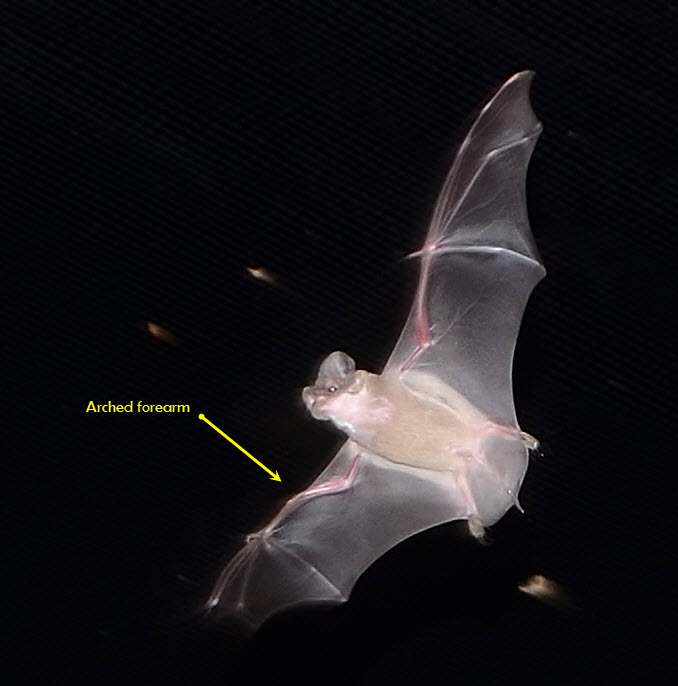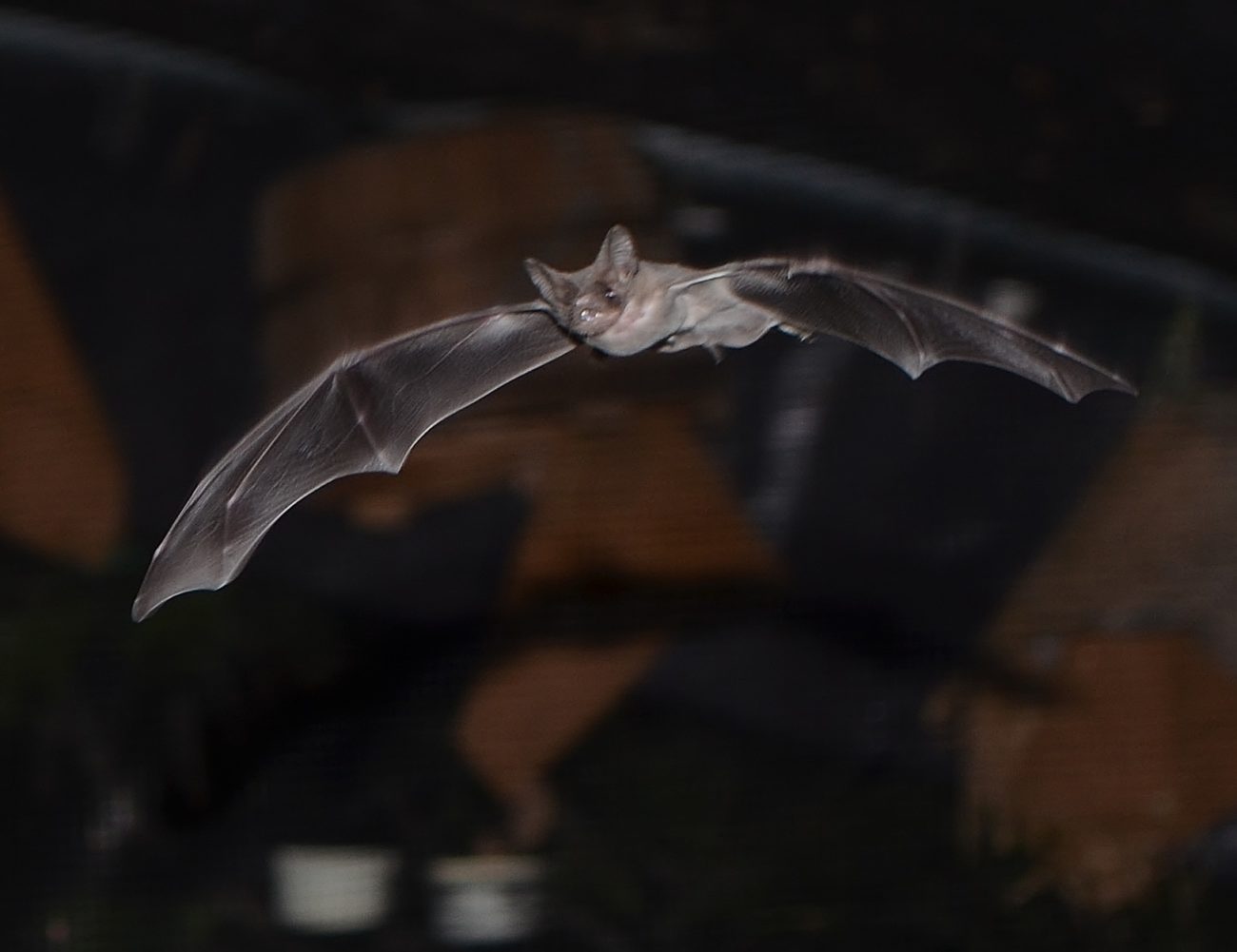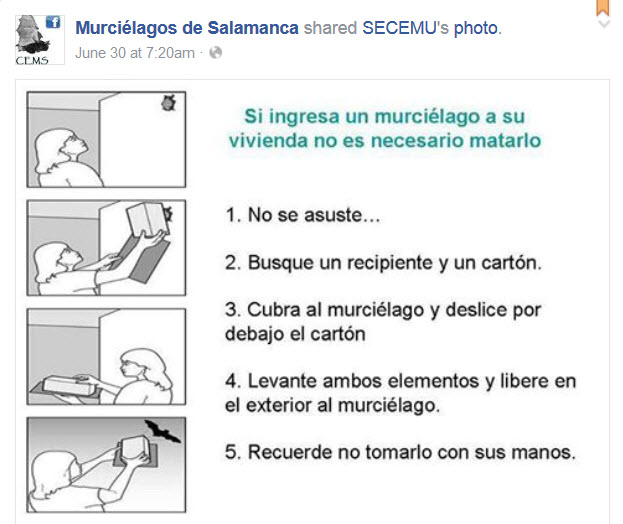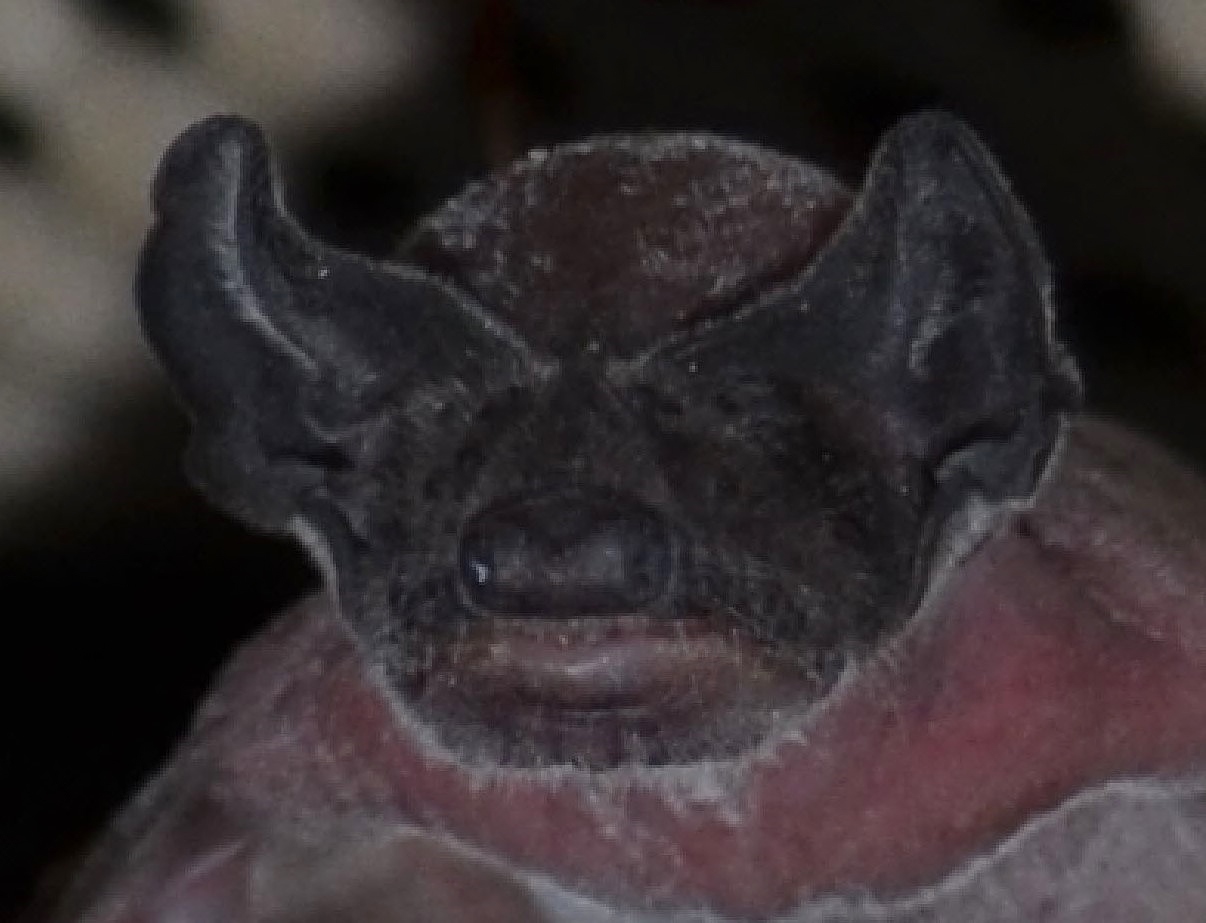
Look at the color change as they get older – black when tiny turning a beautiful mahogany as they near adulthood.
Pup 2 on the left about 12 days old – 2.9 grams – being fed every 3 hours
Found in a Houston backyard next to an apartment complex being demolished. He was still clinging to his dead mum when Savannah rescued him. Thanks Savannah!
Pup 3 in the middle about 3 days old – 1.9 grams – being fed every 2 hours
Found in Kingsland with her injured mum at the base of a tree. This pup brought to us by Ally when the mum died. Thanks for trying to help the mum Ally and likewise for bringing us this pup.
Pup 1 (Fury) on the right about 51 days old – 8.0 grams – being hand fed once a day in the flight cage bat box
Born to a rehabilitating bat who came to us from Adamsville, already pregnant, unbeknownst to us. We were treating the mum for a fungal infection when she gave birth 05 Apr 2016.
The two pups on the left are wonderful, playful little guys that love to romp around and purr like crazy when their bellies are full. Fury (on the right) was not happy about being associated with these infants, he’s a big bat now and he and his mum are almost ready for release.
Feeding just these pups every 3 hours and every 2 hours makes for a busy schedule.





















